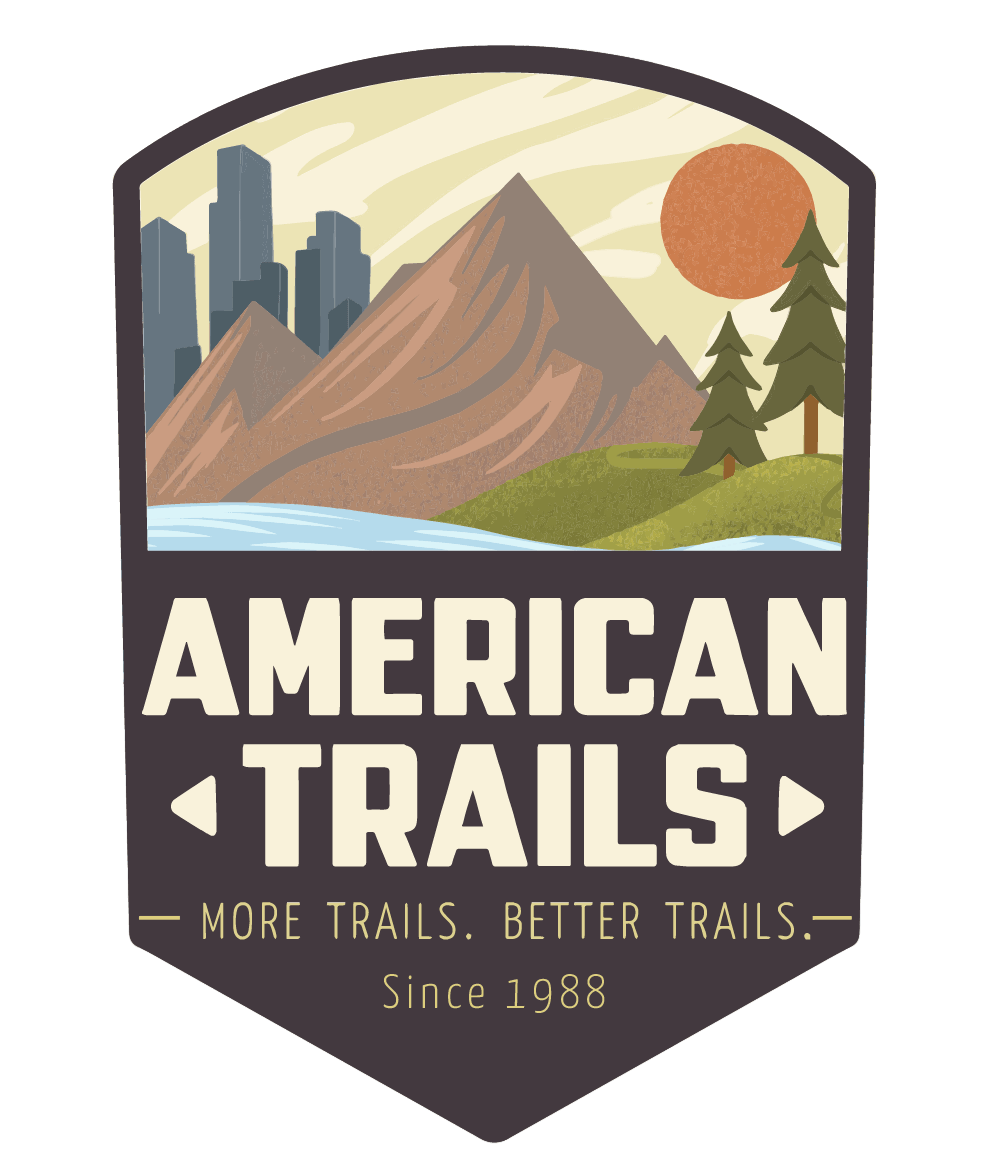




Cairns need care. For the trail user, the message is clear: "Preserve the mountain landscape. Please do not add to or build cairns or other rock objects. Leave the mountain and the rocks as you find them."

Rock cairns have long been the standard trail markers to guide hikers in areas where there are no trees. Early trail enthusiasts built cairns to mark trails on most of the exposed granite summits and ridges of Acadia National Park more than 100 years ago. Today these trails offer outstanding views to thousands of hikers of the surrounding mountains and the spruce-clad islands of the Maine archipelago.
If you hike Acadia’s mountain trails you’ll see them. Piles of rock, marching up the mountain with you. Why are they there? How were they built? Is there more than one type? Who maintains them? The short story is that they mark the trail. Maybe you know that. Maybe you don’t. Maybe you don’t care about cairns. But you should. As cairns go, so goes the mountain landscape.
Now… here’s the rest of the story.
Cairns have likely marked human travel routes from time immemorial. The word cairn is Scottish, and simply means a pile of rocks. For today’s trail maintainers, that definition is a major injustice. Cairns are carefully constructed stone trail markers used in treeless areas. Crews build traditional conical cairns on the same principles as a stone wall— each rock should overlap others, have three points of contact, and slope inward. The base and height of the cairns should be about equal. It takes a long time to build a stable, proper cairn, and lots of material must be available to choose from. All material is selected from loose rock on the ground. No rocks are removed from mountain soil.
As trail markers, cairns keep hikers on a single route, protecting fragile subalpine soil and vegetation. In foggy or stormy weather, they can be lifesavers, helping to keep you safely on the trail. Each of these is a critical function of cairns, protecting the mountain landscape and you.
Not all cairns are built in the style of a cone. In the early 1900s, Acadia trail builder Waldron Bates introduced what we now call the Bates cairn (at left0. The Bates cairn consists of two large base stones supporting a mantel between them. A fourth rock, known as the pointer rock, rested on top, and along with the base stones, pointed in the direction of the trail. Sometimes two layers of base rocks were used to gain height for added visibility.
For reasons unknown, traditional conical cairns (found all over New England’s high elevation trails) replaced many Bates cairns in Acadia, probably in the 1950s and 1960s. Bates cairns are now making a comeback along park trails. Here’s why.
First, the hiking trails at Acadia are important cultural resources, and the Bates cairn was once a defining feature contributing to the character of many trails, just like stone steps, retaining walls, and carefully designed routes. We want to preserve and maintain the trails as cultural resources. And second, although it also takes time to find the right large rocks to construct a stable Bates cairn, they are easier to build and maintain than traditional conical cairns.
This easier construction is important because Acadia hikers seem to have a never-ending tendency to tamper with cairns. Rocks are added or removed at will. Carefully built cairns mysteriously collapse. More cairns and rock graffiti in various forms appear from nowhere. Over a six week period on one trail, an average of about 1/3 of the cairns were altered every five days. Much time, money, and energy is expended to undo all of this.
All of this tampering takes a toll on the mountain landscape. Visitors often remove rocks that are still embedded in the soil, opening the door for more soil loss. Topsoil may take hundreds of years to rebuild.
Extra cairns lead hikers astray, contributing to loss of vegetation and eventually further soil erosion. They also cause hikers to become lost, creating a potential safety problem or at least a bit more adventure and frustration than expected.
Rock graffiti and many visitor-built cairns degrade the natural mountain landscape we come to experience. Who wants to see mandalas on Sargent Mountain, or see that T.S. loves M.E.?
Caring for cairns is caring for the mountain and for trail history, and it’s every hiker’s job. Pay attention when hiking. Look up to follow the cairns and blazes, and follow them closely, staying on rock ledge whenever possible.
Do not add to or build cairns or other rock objects. Leave the mountain and the rocks as you find them. Let cairns age gracefully and add to the cultural landscape of the hiking trail system. Stewardship begins when you care.
The summit of Cadillac Mountain is the highest point along the eastern coastline of North America, and among the most-visited spots in Acadia National Park. Cairns are one of the resource concerns at Cadillac. Park managers have continually had to deal with cairns at Cadillac being altered by visitors. Specifically, some cairns would be destroyed, others would have rocks added to them, and visitors would inappropriately construct others. Some of the findings the 2000 study reported are:
Sustainable Trail Bridge Design
posted Oct 7, 2021
Designing trail bridges based on trail-specific Trail Management Objectives (TMOs) is essential for providing the desired trail experience, for ensuring user safety, and for maximizing bridge longevity.
posted Jun 15, 2020
Guidelines for accessing, designing, and building launch sites for carry-in watercraft.
Ramps for Accessible Trails and Shared-Use Pathways
posted Nov 5, 2019
Ramps, typically used for building access, are often provided on trails.
Steel Trail Bridges on Shared-use Urban Pathways
posted Oct 24, 2019
A variety of steel-frame commercial bridges along typical multiple-use trails.
2,698 views • posted 03/06/2018